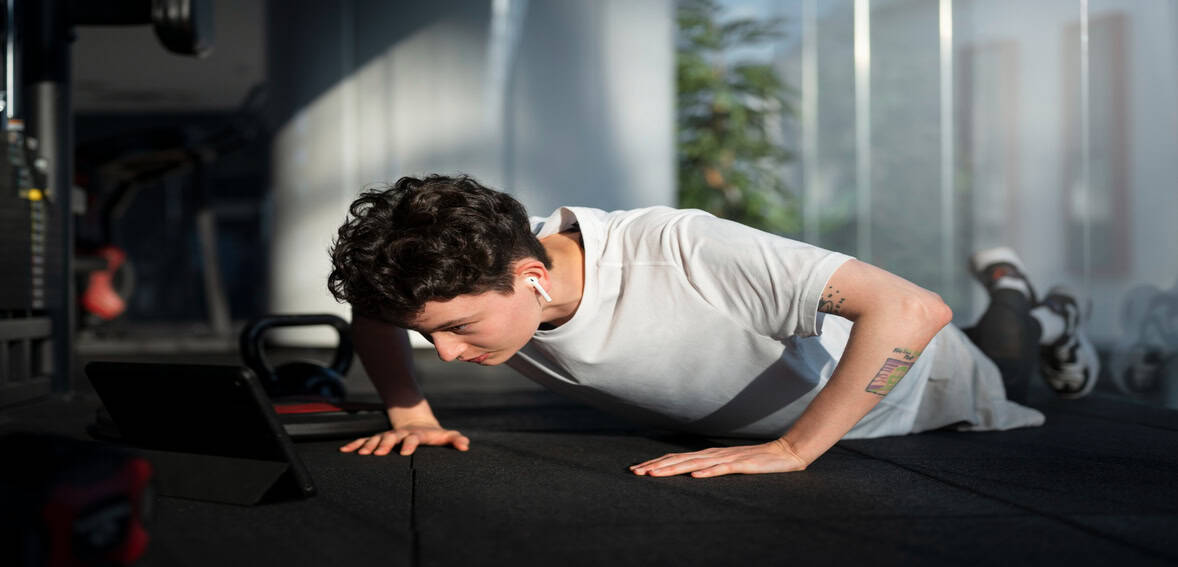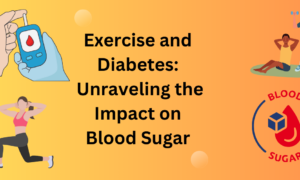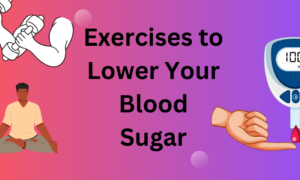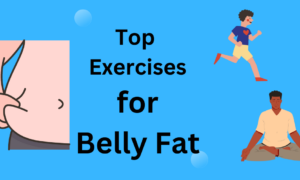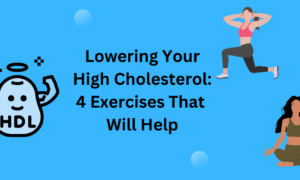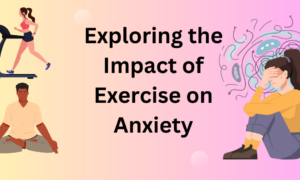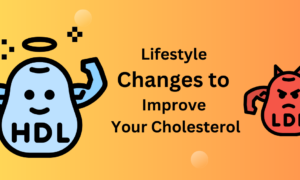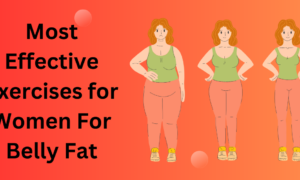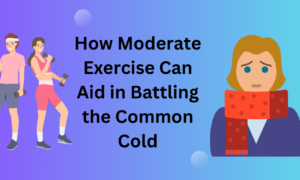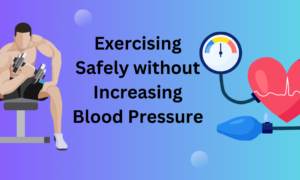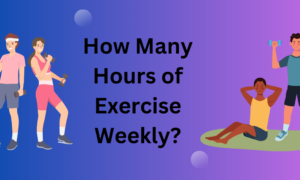Low-impact fitness is not just a trend for aging adults or people recovering from injuries. It’s becoming a bridge between generations, offering sustainable ways for people of all ages to stay active, connected, and mentally refreshed. As society becomes more health-conscious and intergenerational, low-impact workouts are proving to be inclusive, effective, and enjoyable across life stages.
From grandparents looking to maintain mobility to teens balancing screen time with movement, low-impact routines cater to the needs of varied age groups. These forms of exercise, like walking, swimming, yoga, and cycling, are easy on the joints and flexible in intensity. What makes them stand out today is not just their physical benefits, but their ability to foster shared fitness experiences within families and communities.
Why Low-Impact Fitness Appeals Across Ages
Before we get into the exercises and strategies, let’s talk about why low-impact routines work for everyone from seniors to teens.
Less Risk of Injury
One of the biggest benefits of low-impact workouts is that they reduce the risk of injury. For seniors with weak joints and bones or teens still growing and developing coordination, minimizing stress on the body is key. Activities like aquatic aerobics or walking don’t put strain on the body and allow you to build up over time.
Adaptability and Flexibility
Low-impact fitness routines are super adaptable. Whether you want a quick morning stretch or a longer workout, exercises like yoga, Pilates and stationary biking can be tailored to your energy levels and health conditions. This makes them perfect for family workouts or group sessions with varying fitness levels.
Mental and Emotional Balance
Gentle exercise routines often come with mental benefits especially for generations dealing with stress, anxiety or burnout. For seniors, structured movement helps combat isolation and cognitive decline. For teens, fitness is a tool to manage emotional swings and body image issues. When shared, these routines can even create bonding between age groups.
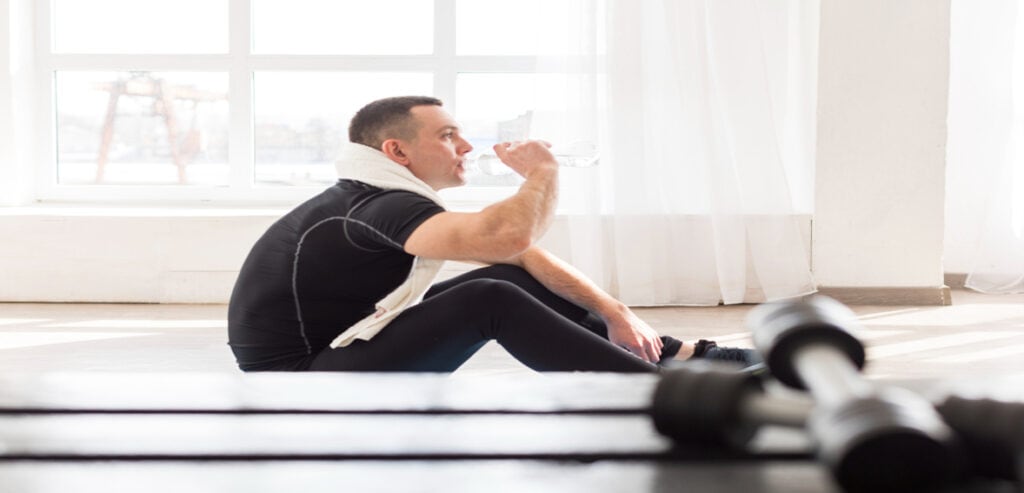
The Best All-Age Workouts
Choosing routines that offer value to different age brackets can be tricky, but some stand out as universally effective. These exercises support overall well-being and do not rely on high-impact or fast-paced movements.
Walking
Walking is perhaps the most accessible low-impact fitness activity. Whether it’s a solo stroll in the neighborhood or a group walk in a park, it works well across age groups. For seniors, it helps maintain cardiovascular health and joint mobility. For teens, it’s a stress reliever and way to disconnect from screens.
Swimming and Water Aerobics
Aquatic activities reduce pressure on joints while increasing resistance. Swimming and water aerobics improve strength, balance, and coordination. Because they are low-impact by nature, these activities attract both older adults and youth looking for full-body conditioning.
Yoga and Stretching
Yoga is known for promoting flexibility, balance, and calm. With different styles and levels, it’s easy to modify yoga for seniors with limited mobility or for teens wanting more energetic flows. Gentle stretching routines also enhance recovery and reduce stiffness, particularly for those with sedentary lifestyles.
Stationary or Outdoor Cycling
Cycling strengthens the lower body, improves stamina, and supports cardiovascular health. Indoor bikes with adjustable resistance settings make it easy for each participant to work within their comfort zone. Outdoor biking also encourages exploration and shared activity between generations.
Dance-Based Fitness
Low-impact dance classes such as Zumba Gold or rhythm-based movements are fun and energizing. They combine music, creativity, and movement, helping participants stay motivated and engaged. These sessions become social outlets as well, which is especially beneficial for older adults.
Building Fitness Habits as a Family
Getting fitness as a household value can lead to better long term adherence. Gentle exercise routines make it non intimidating for families to live healthy together.
Starting with Shared Goals
Whether it’s to improve sleep, manage weight or boost energy, having a shared reason to be active encourages accountability. Families can create weekly routines or fitness check-ins that makes exercise part of their lifestyle not a chore.
Scheduling and Routines
Designate specific days for group walks, home workouts or visits to the community pool. Consistency builds momentum and reduces the likelihood of missing exercise. If everyone agrees on a set schedule it’s easier to stick to it.
Tech and Motivation
Fitness apps and devices can enhance engagement especially with younger participants. Families can use shared goals or friendly competitions tracked by steps or minutes of activity. Just make sure to keep the focus on progress and fun not performance metrics.
Low-Impact Fitness and Healthy Aging
For older adults, maintaining muscle mass, balance, and cardiovascular health is crucial. Low-impact fitness supports healthy aging without the high strain associated with intense workouts.
Preserving Mobility
Exercises that emphasize stretching, posture, and slow movement are particularly helpful in preserving joint health. These routines help prevent falls, improve flexibility, and keep seniors independent longer.
Strengthening Without Overexertion
Resistance bands, body-weight exercises, and gentle Pilates can offer strength-building benefits without lifting heavy weights. These methods are ideal for aging adults who want to stay strong without increasing injury risk.
Combating Loneliness
Joining low-impact group classes or walking clubs creates social opportunities. This can improve emotional well-being, prevent depression, and even support cognitive health in the elderly.
Supporting Teens With Gentle Routines
Teens often encounter high-pressure sports environments or digital distractions. Low-impact fitness helps them stay active without overtraining or burnout.
Balancing Intensity with Recovery
Many teens participate in competitive sports or gym routines that focus on maximum output. Incorporating gentle exercise routines into their week can balance that intensity and aid recovery.
Developing Positive Body Image
Gentle movement encourages mindfulness and appreciation of physical ability over aesthetics. Activities like yoga and walking help teens reconnect with their bodies in a healthy way, free from comparison or pressure.
Creating Healthy Habits Early
When teens experience the long-term benefits of exercise, they are more likely to stick with it into adulthood. By pairing movement with positive emotion and social support, low-impact routines lay the foundation for lifelong fitness.
Overcoming the Stigma of Low-Impact Workouts
Low impact fitness is often seen as “less effective” or “only for older people”. Changing that perception requires education and visibility.
Scientific Benefits
Research shows low impact workouts can improve cardiovascular health, mobility and mental focus. These benefits are relevant to all life stages and support long term health more than sporadic intense workouts.
Real Life Stories
From young people recovering from injury to older adults active in their 80s, showcasing real life stories of success can change public opinion. These stories show how all age workouts improve quality of life in unique ways.
Reframing Fitness Goals
Not everyone needs to run marathons or have six pack abs. Reframing fitness to focus on energy, mobility and joy over aesthetics means more people can find satisfaction in movement.
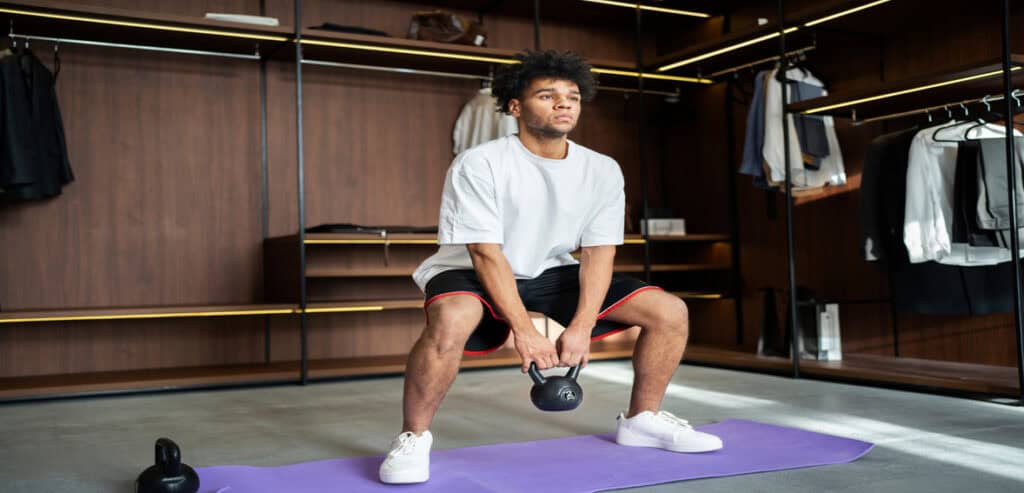
Accessible Community Programs
Cities, schools and recreation centers can make low impact fitness available to all. Building inclusive programs closes the gap between generations.
Inclusive Fitness Spaces
Parks with walking loops, benches and low incline paths allow different age groups to move together comfortably. Community gyms with low impact classes, chair yoga or aqua aerobics create safe spaces for multi generational fitness.
Intergenerational Events
Hosting family friendly fitness events, walks or outdoor yoga classes encourages participation across ages. These events bring the community together and normalise all age workouts as a shared experience.
Partner with Schools and Senior Centers
Collaboration between schools and senior programs can lead to creative partnerships. For example students can lead stretch sessions for seniors or co host community wellness days, bridging the age gap through shared movement.
Final Thoughts on Building a Culture of Movement
As we shift toward a society that values wellness for all, low-impact fitness offers a powerful tool for connection and long-term health. From toddlers mimicking yoga poses to grandparents joining virtual dance sessions, movement can be the thread that connects generations. When we celebrate movement as a form of expression, connection, and joy; rather than punishment or performance; we create space for everyone to thrive. Families, schools, and communities that embrace this vision will not only see better health outcomes but also stronger relationships across generations.
FAQs
Can low-impact workouts help with weight loss?
Yes, especially when paired with healthy eating and regular consistency. While they may not burn calories as quickly as high-intensity routines, low-impact exercises promote long-term adherence and can effectively support weight management.
Are there online platforms offering all-age workouts?
Absolutely. Many platforms now offer family yoga, senior fitness videos, and teen-focused routines. Look for programs that allow you to adjust intensity levels and include clear guidance.
How often should a family engage in group fitness activities?
Even 2 to 3 times a week can make a meaningful difference. The key is consistency and creating a positive atmosphere where everyone feels encouraged and included.

